Walking in Balata Refugee Camp
We unexpectedly had the Islamic New Year off on Tuesday. My Drama class volunteers, Ayham and Yazid, also unexpectedly invited me to spend some time with them Tuesday afternoon. Both Yazid and Ayham are from the refugee camps of Nablus. Ayham is from Balata and Yazid is from Askar. They asked me if I wanted to spend the afternoon with them in Balata. I eagerly agreed since I only had entered the camp once before and saw little of my volunteers outside of class. Balata is the West Bank’s largest refugee camp and is also one of the most densely populated areas in the world with over 23,000 registered refugees living in 0.25 sq. km. It is also one of the areas that suffered the most during the Second Intifada with constant curfews and incursions by the Israeli army (IDF). This knowledge braced me for what I was to see and hear on my trip. The taxi dropped me off in front of the entrance to Balata. Ayham and Yazid greeted me there with their friends who also wanted to meet me. The air was finally starting to chill in what has been a surprisingly warm prelude to winter, so we were quick to start moving. They began by walking me down the main street of the camp often referred to as the ‘Souk’ or the ‘Market.’ The street was not wider than a one-way street in New York City and it was filled with people. The barbershops, falafel restaurants, butcher shops and grocery stores had a constant flow of potential customers streaming before them in the late afternoon. We navigated our way through the crowd, occasionally greeting friends of Ayham, and made our way to what Ayham informed me was the center of the camp.
The experience of walking through the center of the camp was a profoundly weird one. The idea of a camp does not adequately represent what I was witnessing. A more accurate word to describe the physicality of what I saw would be slum. There was a sense of awkward and inhibited permanence about the infrastructure. The architecture itself illuminates the history of the camp. The land the camp was built on is actually rented on a 99-year lease from Palestinian farmers negotiated by UN Relief and Works Agency (UNRWA). It started as a tent city and eventually evolved into concrete housing on the same plots each family had for their tents.
From that point, they wanted me to see the alleyways that split off from the main street. There was originally one street that the tents lined up against. As the population grew the camp expanded away from this main street. What this led to was a serious of maze like alleyways that now lead to houses. The alleyways are so narrow at points that one has to walk sideways through them. Windows on these alleyways have views of the concrete wall of neighboring houses only two or three feet away. Despite the fact that it was still daylight outside these alleys were remarkably dark. This was not a walk for the claustrophobic.
The walls were often lined with bullet holes. The limited sanitation system meant that waste filled some of the streets, and a stench occupied the air. This was especially true when we arrived at the small park that doubled as a garbage dump, where I was told the children play soccer because there is no space elsewhere in the camp.
We finally arrived at Ayham’s house and ate a wonderful meal of kafta. Afterwards we enjoyed some shisha and tea, while having discussions about a variety of topics, from politics, to life in America, to our studies, to life in Balata. With the exception of only one of Ayham’s friends, who was an Arabic Literature Major, everyone studied English literature so I was able to communicate with them in English.
Typical of Palestinian households, Ayham made sure I was more than adequately full and caffeinated before I was allowed to leave his home. I also had an impromptu Debka lesson at the very end, when I expressed my desire to learn. The warmth of the hospitality lingered as I stepped out into the chilly night. We continued walking through the camp some more and came back to the Souk. I was told this area of the camp experienced particular hardship during the intifada and suffered the most damage. Now the street was even more crowded than the afternoon. Old men walked in their patient pace, while children scurried around them under the store lights.
As we neared the end of the street we came across a funeral procession going in the opposite direction. A coffin surrounded by men who took turns holding death above their shoulders, floated along with their hurried march. We stepped to the side and respected the riveting silence. There was no apparent sadness in the eyes of most of these men. Only a clear sense of duty and direction, emanated from them. I was not left empty after witnessing the sight. Instead I was comforted. Life goes on in Balata camp. Its people live with a collective and resilient strength while bearing its hardships. I left with a renewed sense of duty in my own work with the children of the camps. I also left with the comfort of knowing that the friendships I have made here will last longer than this winter.
- Samee
Samee is an intern at TYO Nablus.
